Religion: Talmud
Huldah, the Prophet: Midrash and Aggadah
Huldah is one of the seven women prophets. The rabbis explain that she was a descendant of Rahab and Joshua, and that she prophesied along with Jeremiah in the time of King Josiah.
Imma Shalom
Ishah Hashuvah (Woman of Distinction)
The Hebrew term ishah hashuvah appears in seven sugyot in the Babylonian Talmud, though its meaning is not clear. It seems to refer to a woman of some wealth or importance.

Jewish Feminism in the United States
Challenging all varieties of American Judaism, feminism has been a powerful force for popular Jewish religious revival. The accomplishments of Jewish feminists have transformed American Jewish life, even as the ultimate goal of gender equity and shared power has yet to be fully realized.
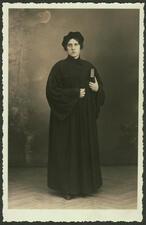
Regina Jonas
Regina Jonas longed to become a rabbi for most of her life, and despite significant obstacles, was ordained in 1935. As the first ordained female rabbi, she worked in Berlin until her deportation to Theresienstadt, where she continued to preach, teach, and inspire her fellow inmates until her final deportation to Auschwitz.
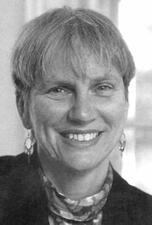
Judaic Studies in the United States
When the Association for Jewish Studies (AJS) was established in 1969 as the professional organization of scholars in the interdisciplinary field of Judaic studies, there were no women among its founders. Within the past few generations, however, a field that was traditionally dominated by men has gradually witnessed the emergence of many women scholars.
Killer Wife in Jewish Law and Lore
The Talmud states that if a woman is twice or thrice widowed, she is prohibited from remarrying because it is presumed that she is a killer wife and that her next husband will also die. This has been applied in post-Talmudic law, but also negated by some halakhic decisors.
Rabbi Abraham Isaac Kook
Leadership and Authority
Legal-Religious Status of the Female According to Age
Legal status in Judaism is determined by age, sex, legal capacity, and, to some extent, by class and societal status. Legal majority in Jewish law was achieved relatively early in comparison to contemporary standards.
Legal-Religious Status of the Jewish Female
Gendered language in the Torah resulted in centuries of debate about a woman’s role with regard to commandments. The sages’ construction of a woman and her values was very negative, probably relating more to their vision of the ideal, which was male oriented, and applying its opposite to females.
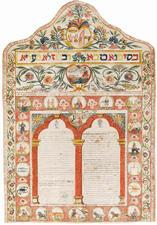
Legal-Religious Status of the Married Woman
Rabbinic law defines the criteria and requirements for traditional marriage, marital rights, and divorce. However, the rabbinic marital system poses many problematic issues for women, especially for agunot, women trapped against their will in marriages by their husbands.
Legal-Religious Status of the Moredet (Rebellious Wife)
A woman who is deemed a moredet is severely disadvantaged in her legal standing. There are various ways in which a women is considered a moredet, and all legal processes dealing with rebellious wives put women at a legal disadvantage.
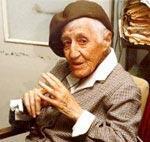
Nehama Leibowitz
Although Nehama Leibowitz refused to acknowledge that she was a revolutionary in any way, ultimately her unique achievements changed Orthodox society’s perception of a woman’s capabilities and undoubtedly opened doors for the female Torah scholars who followed. Through her teaching, Leibowitz brought numerous people, including non-Jews, to a new conception of Torah study.
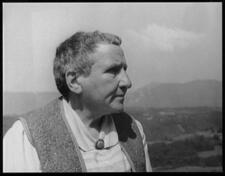
Lesbianism
Lesbians and women’s same gender-loving has a long history in Jewish life, dating back to ancient times. Since the 1980s, particularly in the United States, Jewish lesbian thinking and activism has become a part of all facets of Jewish life.
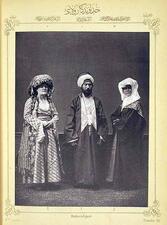
Levant: Women in the Jewish Communities after the Ottoman Conquest of 1517
Following their expulsion from the Iberian Peninsula in 1492, many Jews settled in Palestine, Egypt, and Syria – regions which fell under Ottoman Control in 1517. Girls in the Levant were married at young ages, polygamy was common, and obtaining a get was very difficult. Nevertheless, many Jewish women worked outside the home and kept their earnings.
Martha, daughter of Boethus
One of the richest women in Jerusalem during her time, Martha, daughter of Beothus, used her wealth to change the laws of marital status to marry Joshua ben Gamla, a High Priest.
Matriarchs: A Liturgical and Theological Category
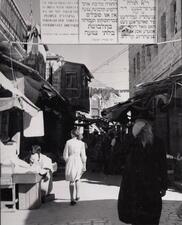
Modesty and Sexuality in Halakhic Literature
Though it is not mentioned in the Bible, modesty (zeni'ut) has become a significant part of modern halakhah, especially in the realm of sexuality. For women, sexual modesty means covering up their bodies. For both men and women, modesty also entails certain behavioral rules. These modesty rules ensure that sex happens in a way that is deemed proper, in the right time and place.
Nature of Women
Niddah, Tractate
The tractate Niddah is concerned with the halakhic status of a woman’s body. It details and clarifies all of the rules of Niddah, which describes a woman in her menstruation period.
Rachel, Wife of Rabbi Akiva
Rachel is the name given to the wife of Rabbi Akiva in medieval sources. Various stories in rabbinic literature depict her as supporting her husband in his efforts to study Torah with great personal sacrifice.
Salome
Sarah: Midrash and Aggadah
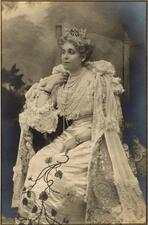
Flora Sassoon
Born in Bombay into the legendary Sassoon dynasty, Flora (Farha) Sassoon lived a colorful life in India and then in England as a businesswoman, philanthropist, famed hostess, and Jewish scholar, taking on many public religious roles that were unusual for an Orthodox woman of her time.


